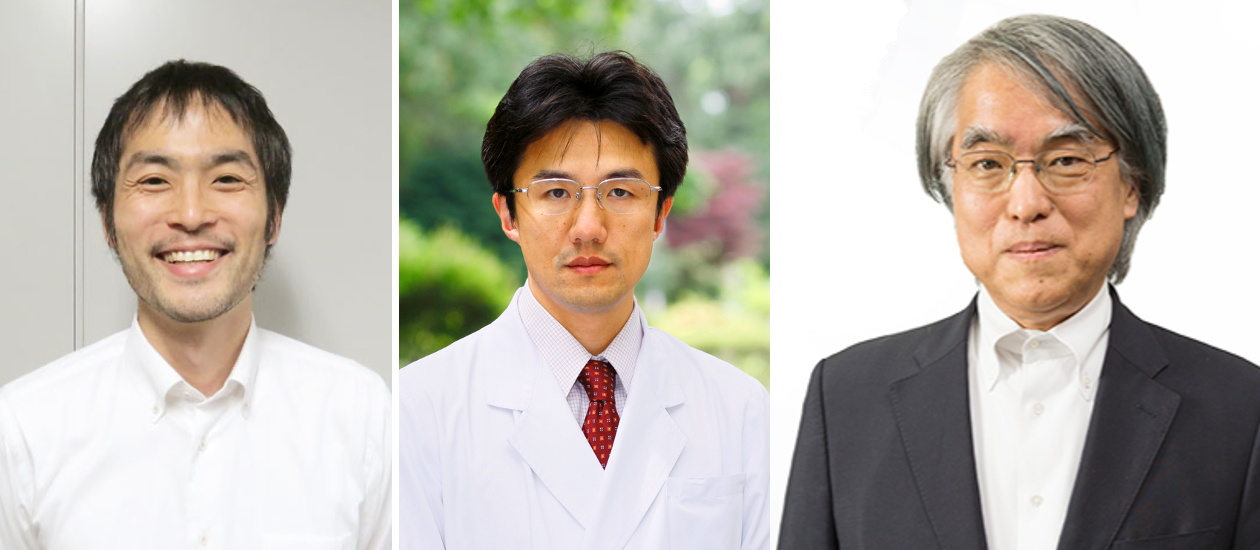How heart failure disrupts the cell’s powerhouse
Research Press Release | October 24, 2022
Investigations in Japan have uncovered some molecular mechanisms behind mitochondrial dysfunction in chronic heart failure.
Chronic heart failure causes the cell’s powerhouses to dysfunction, in part due to overconsumption of an important intermediary compound in energy production. Supplementing the diet to compensate for this could prove a promising strategy for treating heart failure. The findings were published in the journal PNAS by Hokkaido University scientists and colleagues in Japan.
Mitochondria are small organelles found in almost every cell and are responsible for converting carbohydrates, fats and proteins into energy to power biochemical reactions. Chronic heart failure is known to be associated with mitochondrial dysfunction, but much is still unknown about how this happens at the molecular level.
A research team consisting of molecular biologist Hisataka Sabe (Hokkaido University), cardiovascular medicine specialists Shingo Takada (Hokkaido University and Hokusho University) and Shintaro Kinugawa (Kyushu University) and their colleagues studied the biochemical processes that occur in mice with chronic heart failure caused by surgically blocking part of the blood supply to their hearts. They specifically looked at heart cells outside the boundaries of dead tissue.
They found a significant reduction in a compound called succinyl-CoA, which is an intermediary in the cell’s tricarboxylic acid cycle. This cycle, which happens inside mitochondria, plays an important role in breaking down organic molecules to release energy.
Further investigations revealed that this reduction of succinyl-CoA levels was at least in part caused by its overconsumption for the synthesis of heme, which is essential for mitochondrial oxidative phosphorylation. This latter process is needed for transferring and synthesizing energy-carrying and storage molecules by mitochondria.
Adding a compound called 5-aminolevulinate acid (5-ALA) to the drinking water of mice immediately after cutting off the blood supply to part of the heart significantly improved their heart function, treadmill running capacity and survival. At the molecular level, it improved the oxidative phosphorylation capacity of heart muscle mitochondria and appeared to restore their succinyl-CoA levels.
Further research is needed to clarify other factors involved in reducing mitochondrial succinyl-CoA levels in heart failure. For example, the scientists found evidence that succinyl-CoA may also be overconsumed in heart failure-affected mitochondria in order to break down ketones as a source of energy. But more investigations are needed to understand why this might happen and whether there really is a direct link between the two.
“Our results further the understanding of the detailed metabolic changes that occur in chronic heart failure and could contribute to the development of more natural prevention and treatment for the condition,” say the team members. “In addition, a combination of nutritional interventions that can correct the metabolic distortions that occur in chronic heart failure—as revealed in this study—and currently used therapeutic drugs could be very effective in the treatment of this disease.”

From left: Shingo Takada, Hokkaido University and Hokusho University; Shintaro Kinugawa, Kyushu University; and Hisataka Sabe, Hokkaido University (Photos: Shingo Takada, Shintaro Kinugawa, Hisataka Sabe).
Original article:
Shingo Takada et al., Succinyl-CoA-based energy metabolism dysfunction in chronic
heart failure. Proceedings of the National Academy of Sciences of the United States of America (PNAS), October 6, 2022.
DOI: 10.1073/pnas.2203628119
Funding:
This study was supported by Japanese Grants-In-Aid for Scientific Research
(JP17H04758, 18H03187, 21H02675), Grant-In-Aid for Challenging Exploratory Research (19K22791), grants from the Japan Foundation for Applied Enzymology, the MSD Life Science Foundation, the Uehara Memorial Foundation, the Takeda Science Foundation, the Mitsubishi Foundation, the Suzuken Memorial Foundation, the Cardiovascular Research Fund of Tokyo, the Fukuda Memorial Foundation for Medical Research, the SENSHIN Medical Research Foundation, Suhara Memorial Foundation, Akiyama Life Science Foundation, and JST COI (JPMJCE1301).
Contacts:
Visiting Professor Hisataka Sabe
Institute for Genetic Medicine
Hokkaido University
Email: sabeh[at]med.hokudai.ac.jp, sabeh[at]igm.hokudai.ac.jp
Sohail Keegan Pinto (International Public Relations Specialist)
Public Relations Division
Hokkaido University
Tel: +81-11-706-2186
Email: en-press[at]general.hokudai.ac.jp

